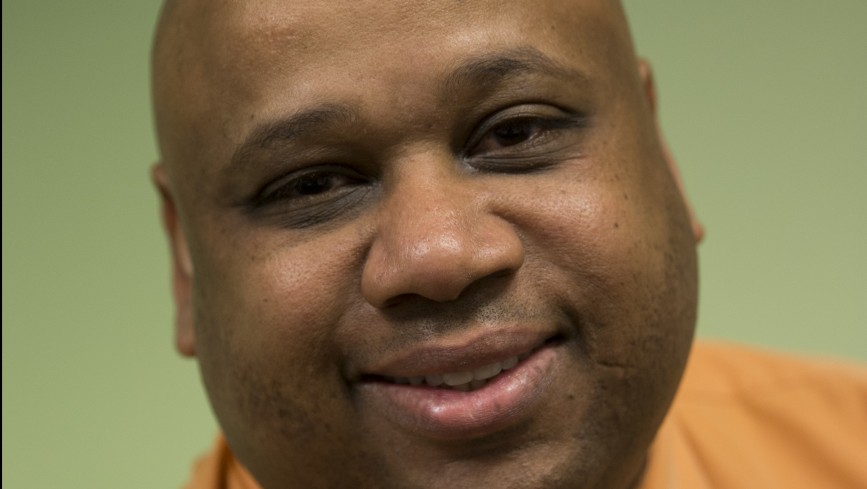Total Health and Workplace Safety
Creating an Injury-Free Workplace
A manager's tips for leading on safety
Leonard Hayes, manager of Environmental Services culture and training in the Northwest, oversees workplace safety for 125 outpatient EVS workers in five service areas. This includes the East Side service area, whose EVS unit he directly supervises and which has recorded no injuries for nearly five years. In February 2014, Hayes won the National Workplace Safety Individual Award. He spoke recently with Jennifer Gladwell, LMP communications consultant, about how he engages teams to work more safely.
Q. You and your department have achieved a great turnaround in workplace safety. How did you do it?
A. You have to give people information and recognition. Workplace safety is a standing item on our UBT agendas. We talk about working safely, acknowledge how well our teams do and tell them “thank you.” I’ve been put in this job to take away the myths that injuries are inevitable, so people can go home at the end of their shift and enjoy their time outside of KP.
Q. What do you do personally to engage your staff on safety?
A. I’m in there with them physically. I’ve been a worker and I take interest in what the teams are doing. I try to make sure people know I care for them by being available to them and making sure they have the tools to do their job. I am committed to responding to issues as quickly as possible and resolving them. I have a great labor partner and co-lead, Sherri Pang. She’s been my anchor with the campus and the (East Side) team. She helps me a lot by sending emails, creating fliers, understanding and encouraging the team.

I’ve been a worker and I take interest in what the teams are doing. I try to make sure people know I care for them by being available to them and making sure they have the tools to do their job.
Q. Your UBT is a Level 5, how did you get there?
A. It starts by all of us coming together at our meetings and giving input. Staff is informed and understand the work we are doing and why. Sometimes we’ll call on someone to get them involved. We celebrate where we can with healthy potlucks and meals.
Getting staff released to attend a meeting or take training is a challenge everywhere. How do you manage that?
A. The East Side team has a standing UBT meeting the third Wednesday of the month. The team works together and helps each other get their work done in time so they can make the meeting. Different service areas choose to have their meetings on other days; it’s their meeting so they decide what works best. My team needs me to help overcome obstacles, but they don’t need me to figure out better ways to do their job. They are figuring out how to work safely on their own. It’s a good use of our time. Our injuries are down significantly and our safety conversations are up.
I’m not afraid to push the reset button. If I make a mistake, I own up to it and apologize. Sometimes a project won’t work. You have to figure out how to work around the barrier or try another approach. Sometimes you just have to ask enough questions and talk to the right people to understand how or why something is done the way it is.
Q. How do you motivate others?
A. I motivate people by giving them information. When I get information about concerns people have or changes that need making, I follow up. You have to do what you say you’re going to do. Don’t be a lip-service person. That’s the way we are going to become a better organization. KP did not hire me to lie to you. I’m here to tell you the truth.
Q. What’s your next goal?
A. The team safety award. We’re working hard to go a whole year for all five service areas without one injury. Education is a critical piece, and having meaningful safety conversations and just making sure we are doing what we are supposed to do to be a great place to work. We’ll get there but it’s going to take education and leadership at every level.
